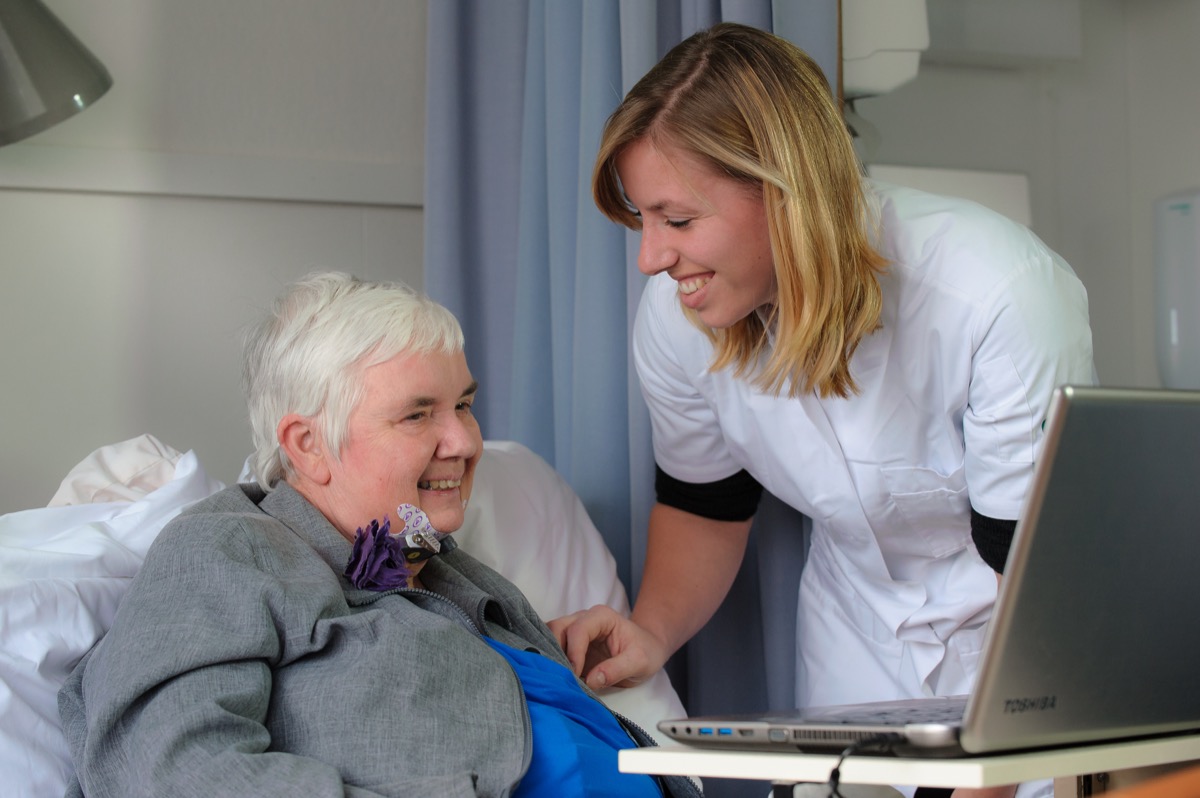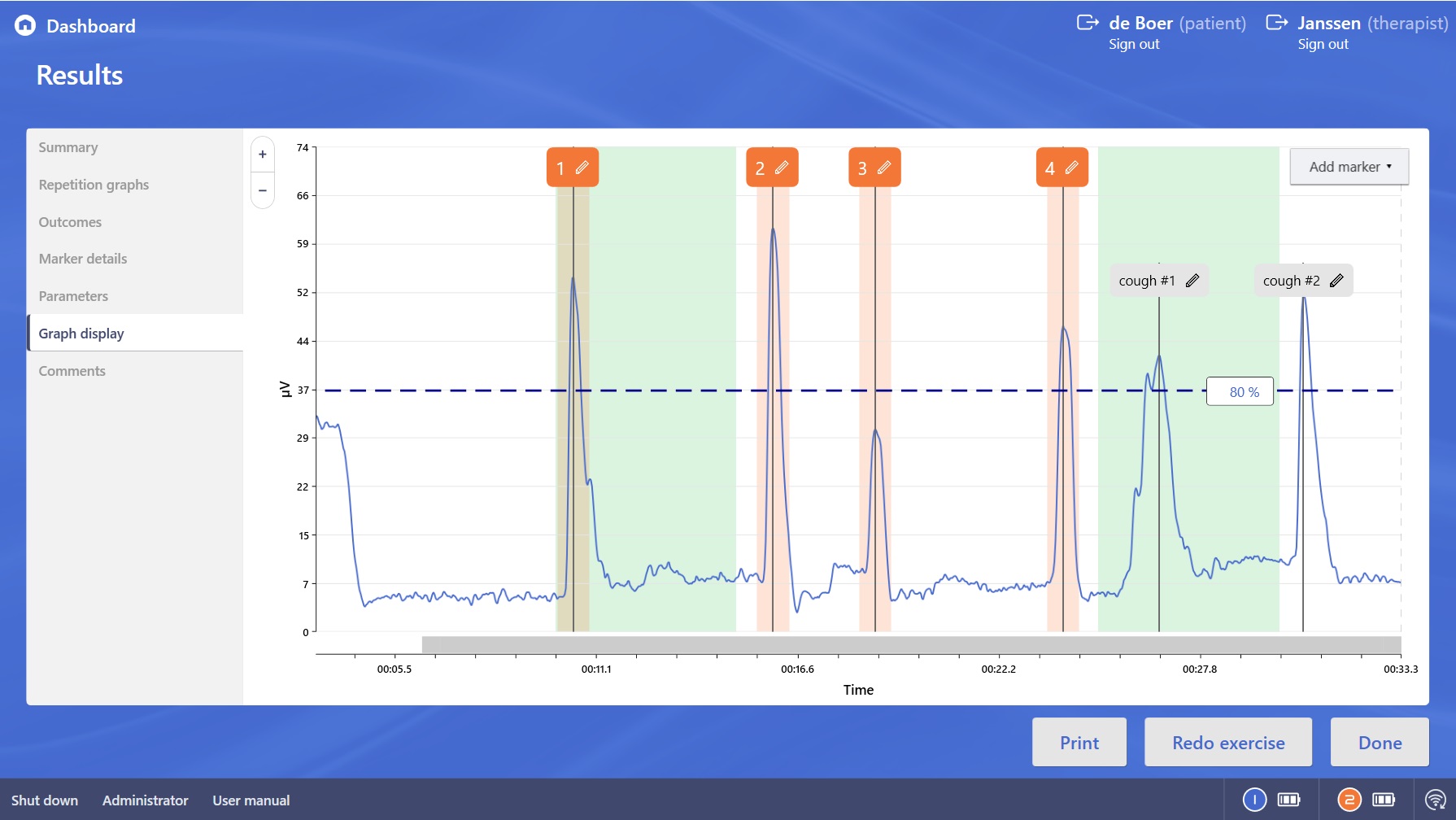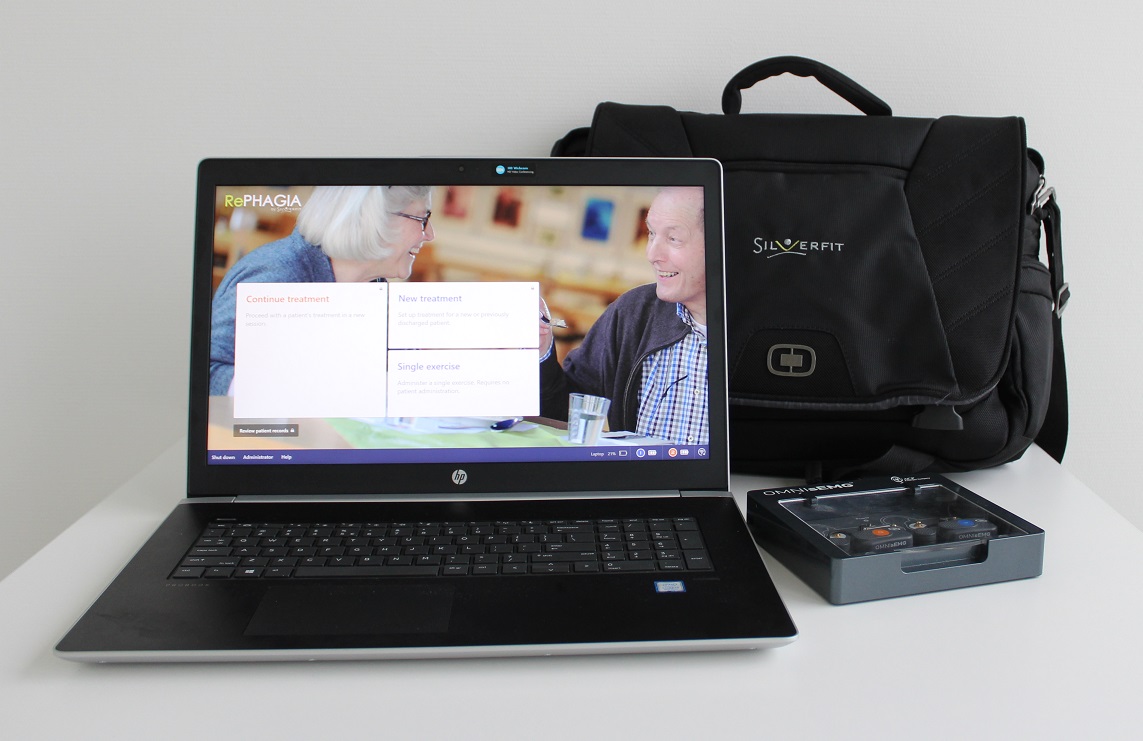Exercises

Exercises
Oropharyngeal dysphagia can be caused by a number of underlying pathologies, such as stroke (incl. Wallenberg), oncological suffering, Parkinsonism, ms, traumatic brain injury or genetic factors. During treatment, however, the speech and language therapist emphasizes functional defects that manifest themselves as problems in protecting the airway, peristalsis or both. The underlying pathology does have a strong influence on the expected results. After a CVA, for example, more improvement is to be expected than in cancer patients.
The treatment of a client always starts with swallowing exercises where the number of repetitions increases and the bolus becomes more difficult in terms of consistency and volume. The continuation depends on the moment of aspiration. If this is for the mud, then the focus is on timing and motor specificity. Is this after the swallow, then there is a focus on coordination.
Pharyngeal exercises
Swallowing is central to pharyngeal exercises that focus on functional motor movements. In this way the patient learns to train the swallowing frequency, the swallowing force and the swallowing timing with the help of visual cues. The time between these cues can be adjusted to the abilities and needs of the patient to make the exercises easier or more difficult.
Normal swallow
During the exercise, the client is encouraged to swallow as often as possible during a session, with which the client can improve the swallowing frequency.
Powerful swallow
A target is determined based on the current average swallowing power of a normal swallow. The target in the exercise is higher than the normal swallowing force, so that the client is encouraged to swallow more forcefully.
Timing
By means of a moving visual cue, the client becomes more aware of the moment at which the swallow must be used.
Coordination
The client is asked to perform the Mendelsohn Maneuver, which can be displayed graphically as well as in game form.
 Nederlands
Nederlands  English
English  Français
Français  Deutsch
Deutsch 





